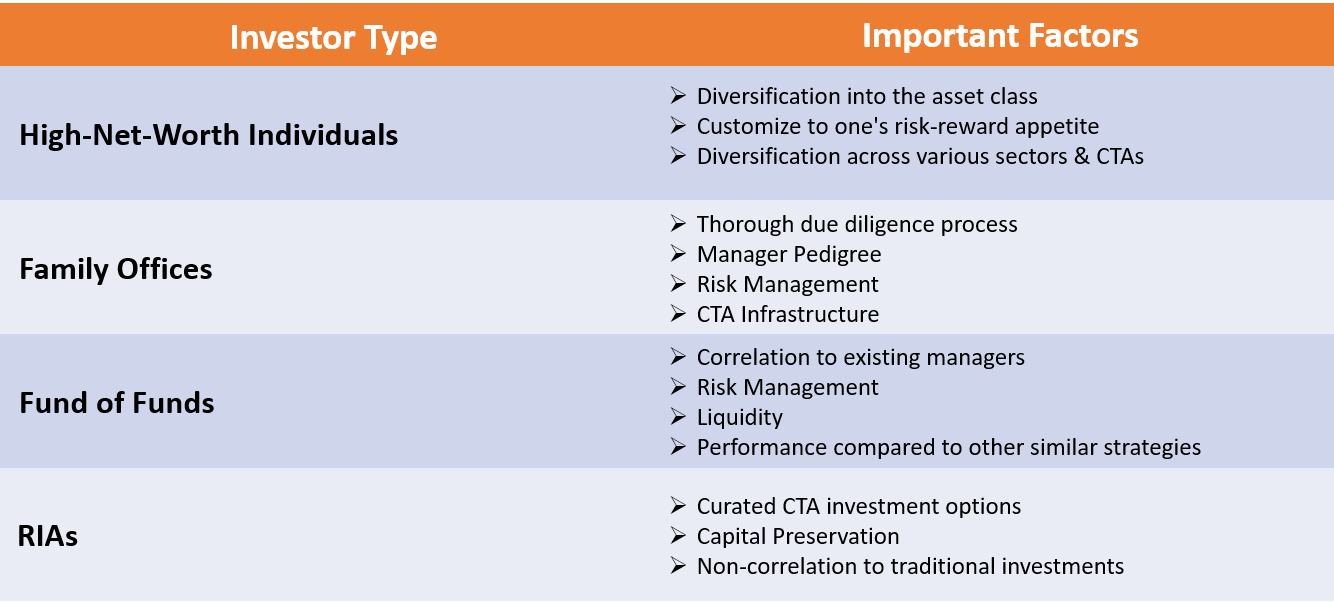
There are many types to choose from when it comes to bonds. These bonds can be convertible, paid at par, premium or discounted, and even inflation-protected. Before you invest your money, it is important to understand the differences between them. Let's look at them in more detail in this article. To make the best decision, you must understand the differences. Below is a list of the major differences between these bonds. We hope you are able to find the best bond for your situation.
Convertible
A convertible bond is a type of security in which holders may be able to convert a portion of their principal amount into a specified number of shares of an issuing company's stock or cash of equal value. Convertible bonds combine elements of equity and debt. This allows issuers to enjoy both the liquidity and flexibility of a debt instrument. What are the best options for your business?

Par
Par bonds can be defined as bonds that have a fixed coupon. The market interest rate for a bond is rarely equal to the coupon rate on the bond. Most interest rates are trended in Canada by the Bank of Canada. This means that you are unlikely to find a bond at par. It is important you know the differences among these types of bonds before investing. Below are some differences between the two types of bonds. If you have more questions, contact a professional Wall Street instructor.
Premium
Aside from the interest rate benefits, premium bonds may also have liquidity or tax advantages. If the issuer chooses to stop paying higher interest rates, premium bond can be redeemed before maturity. They may be called if interest rates change. Premium bonds have a shorter duration and can yield a higher total return than discount bonds. Premium bonds provide a greater cash flow than traditional discount bonds, and this is worth the increased risk of rising rates.
Get Discount
There are two types of discount bonds, treasury bills (CD) and certificate of deposit(CD). These bonds are issued usually by banks and financial institutions. Their face value is typically $1,000. Their duration is the difference between these types. The market interest rate determines whether they make payments. However, since the discount rate is often higher than the market interest rate, discount bonds are more speculative and have a lower face value than their counterparts.

Perpetual
Perpetual bonds can be described as a type of fixed-income securities. Perpetual bonds are not subject to an expiration and can only be sold on secondary markets. Because of their low liquidity, perpetual bonds have a high bid-ask spread. Before investing in these types securities, investors need to evaluate their financial situation. They can be attractive alternatives to other forms of fixed-income securities. Perpetual bonds are generally considered to be safe investments, but they are not suitable for all investors.
FAQ
What is the difference in a broker and financial advisor?
Brokers are individuals who help people and businesses to buy and sell securities and other forms. They take care of all the paperwork involved in the transaction.
Financial advisors can help you make informed decisions about your personal finances. Financial advisors use their knowledge to help clients plan and prepare for financial emergencies and reach their financial goals.
Banks, insurance companies and other institutions may employ financial advisors. You can also find them working independently as professionals who charge a fee.
If you want to start a career in the financial services industry, you should consider taking classes in finance, accounting, and marketing. Also, it is important to understand about the different types available in investment.
What are the advantages to owning stocks?
Stocks are less volatile than bonds. Stocks will lose a lot of value if a company goes bankrupt.
If a company grows, the share price will go up.
In order to raise capital, companies usually issue new shares. This allows investors the opportunity to purchase more shares.
Companies use debt finance to borrow money. This allows them to get cheap credit that will allow them to grow faster.
Good products are more popular than bad ones. The stock will become more expensive as there is more demand.
The stock price should increase as long the company produces the products people want.
How do you choose the right investment company for me?
You want one that has competitive fees, good management, and a broad portfolio. Fees vary depending on what security you have in your account. Some companies charge no fees for holding cash and others charge a flat fee per year regardless of the amount you deposit. Others charge a percentage of your total assets.
You should also find out what kind of performance history they have. Poor track records may mean that a company is not suitable for you. Avoid low net asset value and volatile NAV companies.
You also need to verify their investment philosophy. An investment company should be willing to take risks in order to achieve higher returns. If they aren't willing to take risk, they may not meet your expectations.
What is a Stock Exchange and How Does It Work?
A stock exchange allows companies to sell shares of the company. This allows investors the opportunity to invest in the company. The market determines the price of a share. It is often determined by how much people are willing pay for the company.
Companies can also raise capital from investors through the stock exchange. To help companies grow, investors invest money. Investors purchase shares in the company. Companies use their money in order to finance their projects and grow their business.
There are many kinds of shares that can be traded on a stock exchange. Some shares are known as ordinary shares. These are the most common type of shares. These are the most common type of shares. They can be purchased and sold on an open market. Prices of shares are determined based on supply and demande.
Preferred shares and debt security are two other types of shares. When dividends become due, preferred shares will be given preference over other shares. The bonds issued by the company are called debt securities and must be repaid.
Statistics
- Even if you find talent for trading stocks, allocating more than 10% of your portfolio to an individual stock can expose your savings to too much volatility. (nerdwallet.com)
- For instance, an individual or entity that owns 100,000 shares of a company with one million outstanding shares would have a 10% ownership stake. (investopedia.com)
- Our focus on Main Street investors reflects the fact that American households own $38 trillion worth of equities, more than 59 percent of the U.S. equity market either directly or indirectly through mutual funds, retirement accounts, and other investments. (sec.gov)
- US resident who opens a new IBKR Pro individual or joint account receives a 0.25% rate reduction on margin loans. (nerdwallet.com)
External Links
How To
How to Invest Online in Stock Market
You can make money by investing in stocks. There are many ways to do this, such as investing through mutual funds, exchange-traded funds (ETFs), hedge funds, etc. The best investment strategy is dependent on your personal investment style and risk tolerance.
Understanding the market is key to success in the stock market. This includes understanding the different investment options, their risks and the potential benefits. Once you understand your goals for your portfolio, you can look into which investment type would be best.
There are three types of investments available: equity, fixed-income, and options. Equity refers a company's ownership shares. Fixed income can be defined as debt instruments such bonds and Treasury bills. Alternatives include things like commodities, currencies, real estate, private equity, and venture capital. Each category comes with its own pros, and you have to choose which one you like best.
Once you have determined the type and amount of investment you are looking for, there are two basic strategies you can choose from. One is called "buy and hold." You buy some amount of the security, and you don't sell any of it until you retire or die. The second strategy is called "diversification." Diversification involves buying several securities from different classes. If you purchased 10% of Apple or Microsoft, and General Motors respectively, you could diversify your portfolio into three different industries. The best way to get exposure to all sectors of an economy is by purchasing multiple investments. It helps protect against losses in one sector because you still own something else in another sector.
Risk management is another important factor in choosing an investment. Risk management will allow you to manage volatility in the portfolio. A low-risk fund could be a good option if you are willing to accept a 1% chance. If you are willing and able to accept a 5%-risk, you can choose a more risky fund.
The final step in becoming a successful investor is learning how to manage your money. A plan is essential to managing your money. A plan should address your short-term and medium-term goals. It also needs to include retirement planning. You must stick to your plan. Don't get distracted by day-to-day fluctuations in the market. Keep to your plan and you will see your wealth grow.